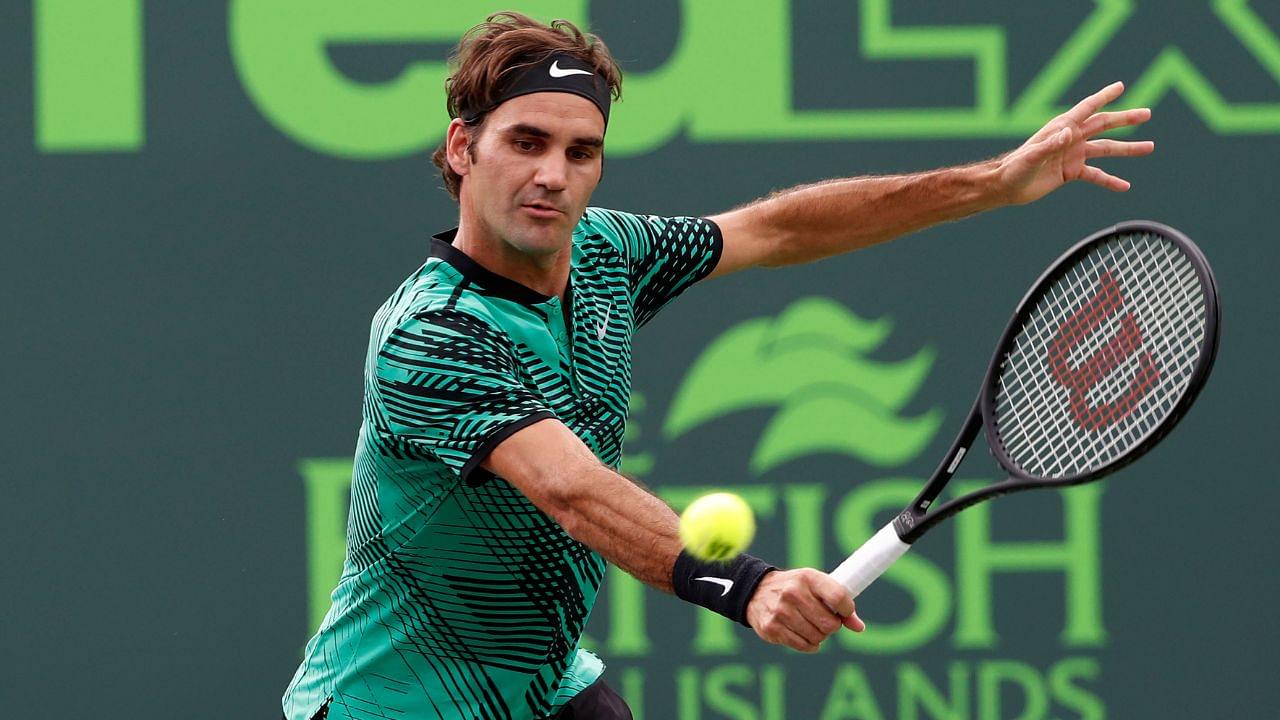The absence of a one-handed backhand player in the ATP top 10 triggered intense discussion over the future and the viability of the shot. Over the past couple of decades, the technique has become almost synonymous with Roger Federer. As a result, the question is – ‘How exactly did the Roger Federer one-handed backhand come about?’
The Swiss legend, renowned for his classy and elegant gameplay, was the poster boy of the one-handed backhand. The stroke, sometimes informally called OHB, is aesthetic and easy on the eyes. However, it does not impart as much force onto the ball. Thus, today’s tennis, which is based more on power and pace, might render it less effective.
However, the Roger Federer one-handed backhand was a force to deal with for even the toughest of his opponents on many occasions like Rafael Nadal and Novak Djokovic. Federer used the classic Eastern backhand grip that yesteryear legends like Pete Sampras and Stefan Edberg employed. The latter also coached him for a couple of years, surely solidifying his influence.
His iconic shot, like Rafael Nadal’s legendary forehand or Ben Shelton’s thundering serves, begins with the coiling of the body. However, unlike them, he rotates his body as a singular unit, focusing the potential energy onto his upper body core. This is evident in the fact that the former World No.1’s shoulders turn more than his hips. The coiling is so much that part of his back often faces the net.
Federer’s racquet initially rises higher during the coiling, before he uncoils and brings it down in a flash, working with the gravity. While uncoiling, footwork is a vital element. Roger Federer also uses his front leg to establish a firm footing and impart maximum rotational momentum. The Roger Federer one-handed backhand definitely is like the one used by squash players but it made Federer look more at ease and elegant, which is also how he was a treat to watch for fans in the 2000s especially.
His racquet drops to below the ball’s level before he makes contact with a low-to-high swing. This forward and upward momentum imparts generous power and topspin to his one-handed backhand. Another key part is the non-hitting left arm stretching wide on the opposite side. This, along with his firmly-planted front foot, helps the 20-time Grand Slam champion maintain balance throughout the stroke. With his obvious skill, Federer can make minor changes on the go to adjust the OHB as per his and the match’s requirements.
The two-handed backhand is more powerful for the obvious reason that the player has the muscle power of two arms in the shot. It also engages the chest muscle, generating additional force, rather than the one-handed backhand which utilises only the arm muscles like the shoulder, biceps, and wrists. The two-handed stroke is more stable and also provides a larger margin for error. With the game only getting faster, these are the reasons why modern players prefer to use both hands rather than deploy the one-handed backhand.





